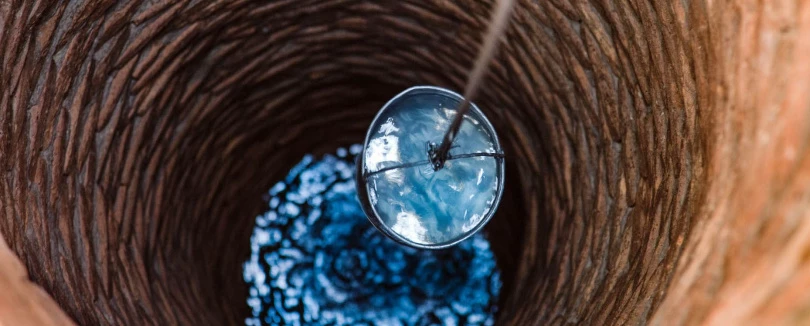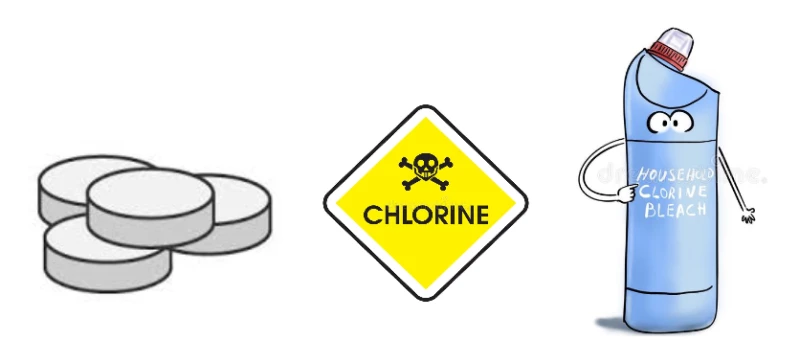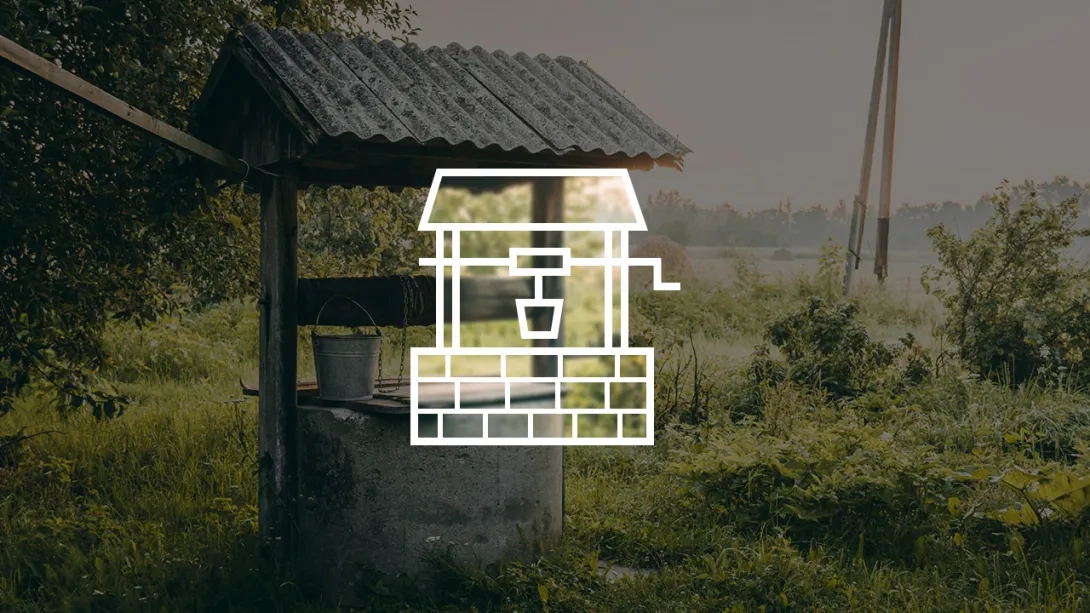Why does a well need cleaning?
If your well water has developed an unpleasant odor, color, or taste, contamination may be to blame. Common causes of well contamination include:
A sudden rise in water level due to floods or sewage overflow;
Dead animals falling into the well;
Frequent use leading to soil subsidence at the bottom;
Growth of algae, slime, or mold on the walls.
Tip: Clean your well at least once a year to prevent contamination and maintain water quality.

Step-by-step well cleaning
Remove surface debris
Use a net or skimmer to remove leaves, branches, and floating particles.Pump out the water
For shallow water, a surface pump will work. For deep or heavily filled wells, use a high-capacity submersible pump.Inspect the structure
Once the water is removed, enter the well (with proper safety precautions) and check for cracks, leaks, or mineral deposits.Scrub the walls
Use plastic or metal brushes and scrapers to clean the walls of silt, algae, and buildup. For thick mineral layers, use a chisel and hammer or an angle grinder.Dislodge salt and mold
Apply hydrochloric or vinegar acid solutions to dissolve salts. Mold can be treated with a copper sulfate solution.Seal any leaks
Apply a waterproof sealant where needed to fix cracks or leaks.Replace the bottom layer
Remove any debris and old gravel or sand. Refill the well bottom with clean crushed stone, gravel, or sand.
Disinfecting the well
After mechanical cleaning, proceed with disinfection. Use only products intended for drinking water treatment that are:
Effective against a broad range of microorganisms;
Low in human toxicity;
Safe for use with concrete, stone, and metal.
Popular disinfectants:
Calcium hypochlorite (bleaching powder):
Prepare a 1% chlorine solution by dissolving 10g of powder in 1 liter of clean water. To find the correct dosage, add 2, 4, and 6 drops to three 200 ml well water samples. Wait 30 minutes. The ideal dosage will leave a slight chlorine smell.
Household bleach (e.g., Clorox):
Use approximately one bottle per water ring or per 1 cubic meter of water. Spray the inner walls with bleach using a garden sprayer.
Chlorine tablets:
A convenient option. Follow the manufacturer’s instructions for dosage and preparation.
Note: Potassium permanganate and iodine are not reliable enough to ensure proper disinfection.

How to apply the disinfectant
Coat the walls of the well using a cloth-wrapped pole or sprayer.
Wait for the well to naturally refill with water.
Add the required amount of disinfectant to the water.
Stir using a long pole or repeatedly lower and lift a bucket of water for 10 minutes.
Cover the well with a film or lid to prevent sunlight from neutralizing the chlorine.
Wait 6–10 hours in summer, 12–24 hours in winter.
Important:
If you don't detect a chlorine smell after the waiting period, repeat the disinfection—it means the process was insufficient.
After disinfection
Do not use the water for 24 hours.
If you still smell chlorine, pump out the water until the smell disappears.
Avoid drinking untreated water for at least 5–10 days—ideally, never drink it without filtration.
How to prevent contamination and biofouling?
✔️ Keep your well covered.
✔️ Ensure a 20-meter distance between the well and septic tanks or sewage systems.
✔️ Seal well walls to prevent ground and surface water infiltration.
✔️ Avoid dumping waste near the well or using chemical fertilizers on nearby soil.
Using a dedicated water filtration system for well water is essential to keep your drinking water safe and clean.







